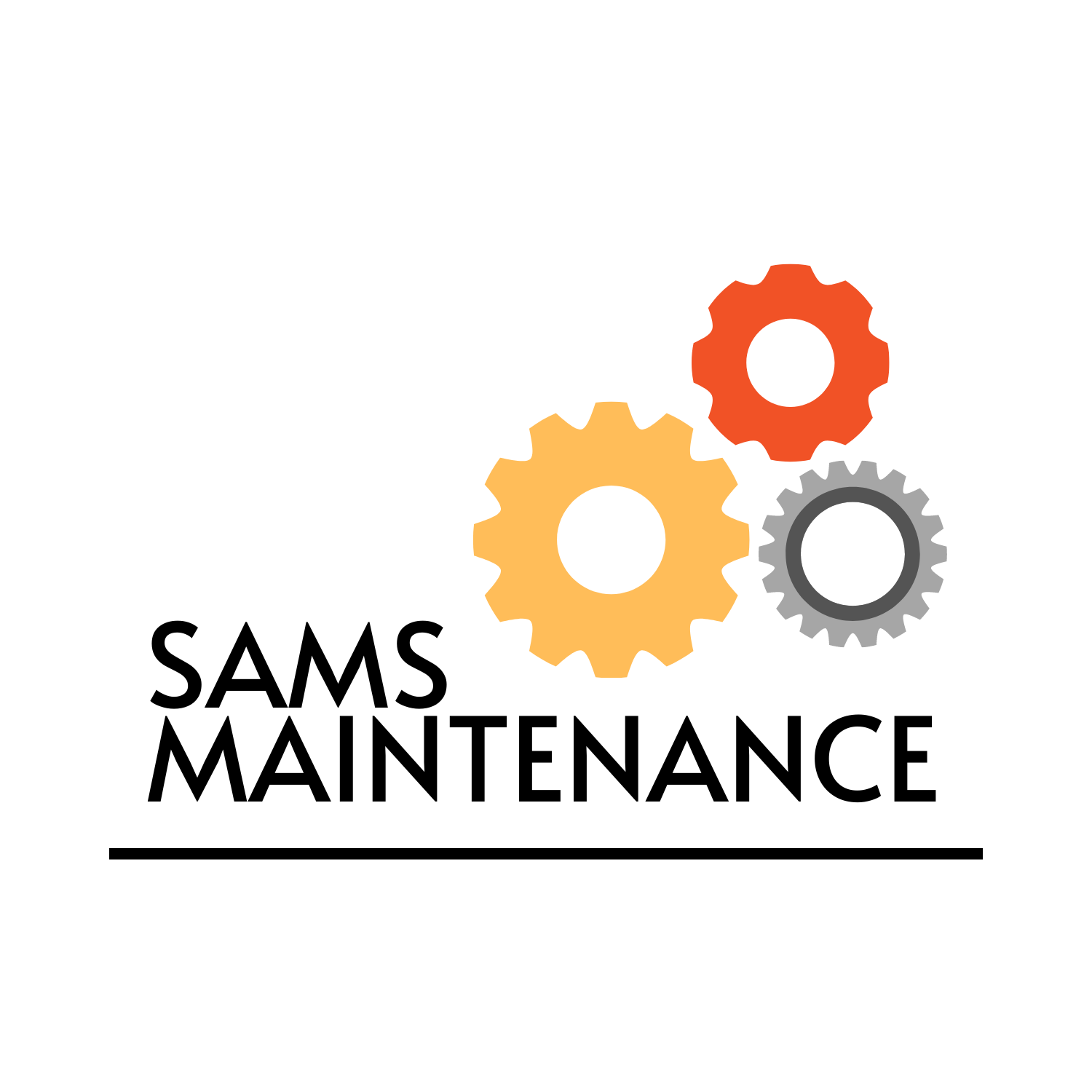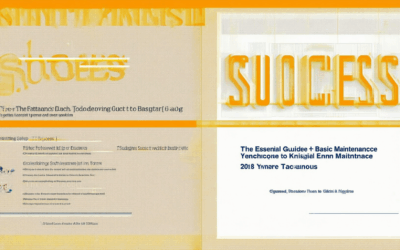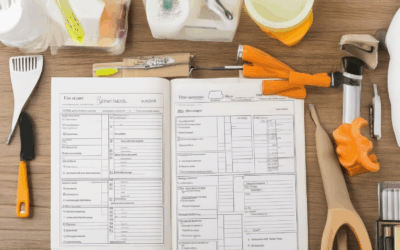Home care and maintenance are vital aspects of owning and preserving the value of your property. Whether it’s keeping up with routine tasks or addressing unexpected issues, maintaining your home ensures its longevity and safety. This comprehensive guide delves into the essential practices and checklists designed to help homeowners manage their properties effectively. From understanding the basics of home maintenance to exploring specific areas like kitchens, bathrooms, and yards, this article provides actionable insights and strategies to keep your home in prime condition. Discover how to budget for maintenance, navigate common challenges, and create a personalized schedule that works for your lifestyle. With the right approach, you can protect your investment and enjoy a comfortable living environment for years to come.

What is the Meaning of House Care and Maintenance?
House care and maintenance refer to the regular activities required to keep a residential property in good condition. This involves routine inspections, necessary repairs, and preventive measures to ensure the structural integrity, safety, and functionality of the home.
The importance of house care and maintenance cannot be overstated. Regular upkeep helps:
- Extend the lifespan of your home and its systems
- Prevent costly repairs due to neglect
- Ensure safety and comfort for residents
- Maintain property value
Key components of house care and maintenance include:
- Inspect for Issues: Regularly check for signs of wear, damage, or potential hazards like leaks, electrical problems, or plumbing issues.
- Repairs and Updates: Address minor fixes promptly to prevent major issues later. This may involve replacing fixtures, updating appliances, or remodeling areas as needed.
- Cleaning and Preventive Maintenance: Keep surfaces clean, perform regular dusting, vacuuming, and mopping. Schedule professional cleaning services for carpets and upholstery.
- Landscape Maintenance: Maintain outdoor spaces by pruning trees, trimming grass, and ensuring proper drainage systems function correctly.
For homeowners, effective house care and maintenance often require a combination of personal effort and professional assistance. Resources like Sams Maintenance offer valuable guidance and tools to help homeowners manage these tasks efficiently. Competitors like DIY communities and other maintenance platforms also provide helpful information, though the focus here is on delivering reliable and actionable insights tailored to your needs.
What is Considered Maintenance on a Home?
Home maintenance encompasses a variety of tasks aimed at preserving the condition and functionality of your property. Regular upkeep ensures longevity, safety, and comfort for residents. Here’s a breakdown of essential maintenance activities:
1. Routine Home Maintenance
- Air Filter Replacement: Clean or replace air filters monthly to maintain indoor air quality and energy efficiency.
- HVAC System Checks: Schedule annual service for heating, ventilation, and cooling systems to ensure proper functioning and energy savings.
- Plumbing Inspections: Check pipes, faucets, and drains for leaks, clogs, or damage to prevent costly repairs.
- Electrical System Examinations: Test circuit breakers, outlets, and wiring to ensure safe operation and identify potential issues early.
2. Seasonal Home Maintenance
- Gutter Cleaning: Remove debris and ensure gutters are free-flowing to prevent water damage during rainy seasons.
- HVAC Tune-Up: Before turning on your heat or AC for the season, have your system serviced to ensure optimal performance.
- Landscaping and Yard Care: Trim trees, mow lawns, and clean up debris to maintain curb appeal and prevent overgrowth.
- Window and Door Inspections: Check for cracks, peeling paint, or damaged seals to keep your home weatherproof and secure.
3. Additional Home Maintenance Tips
- Professional Inspections: Hire experts to inspect for pests, mold, or structural issues that may require specialized attention.
- Stay Organized with a Checklist: Create a personalized maintenance schedule to tackle tasks efficiently and avoid overlooks.
- Budgeting for Repairs: Set aside funds annually for unexpected repairs and planned upgrades to manage expenses effectively.
- Engage Community Resources: Join local forums or groups for tips and recommendations from experienced homeowners.
Maintaining your home requires consistent effort, but it pays off in the long run by protecting your investment and ensuring a comfortable living environment. Regularly addressing these tasks helps extend your home’s lifespan and enhances its value over time.

Example of Care and Maintenance
Care and maintenance refer to the ongoing effort required to keep something in good working order, whether it’s a physical object, a piece of property, or even a vehicle. A common example is maintaining a car:
- Oil Changes: Regularly changing the oil helps prevent engine damage and ensures optimal performance.
- Tire Checks: Monitoring tire pressure and replacing worn tires is crucial for safety and road efficiency.
- Fluid Replacements: Consistently topping off fluids like coolant, brake fluid, and transmission fluid maintains system functionality.
- Belts and Hoses: Inspecting and replacing belts (like the serpentine belt) and hoses prevents mechanical failures.
- Brake System: Regularly checking and replacing brakes ensures stopping power and safety.
These maintenance tasks are essential for extending the life of a vehicle and ensuring reliable operation. Similarly, maintaining a house involves tasks like gutter cleaning, landscaping, and plumbing inspections to preserve its structural integrity and safety.
Why It’s Important
Care and maintenance are vital for ensuring the longevity and functionality of many systems and assets. For homes, proper maintenance can prevent costly repairs and enhance safety. For vehicles, it ensures reliability and performance, reducing the likelihood of breakdowns.
Tips for Effective Care and Maintenance
- Schedule routine check-ups for vehicles or appliances to catch potential issues early.
- Use high-quality replacement parts to ensure durability and longevity.
- Refer to manufacturer guidelines or professional resources for specific care instructions.
- Keep records of maintenance activities for future reference and proof of service.
By prioritizing care and maintenance, individuals and businesses can protect their investments and enjoy extended usability from their assets. For more expert advice and detailed guides, visit our Sams Maintenance website.

How Much Do Homeowners Pay in Maintenance?
A well-maintained home requires consistent care and budgeting. Here’s a breakdown of typical maintenance costs:
- Homeowners Insurance : Typically 2-6% of the home’s value annually, covering structural issues and liability.
- Property Taxes : Around 0.5-1% of the home’s value, supporting local services and improvements.
- Utilities and Appliances : 10-15% of the budget, including HVAC, plumbing, and appliance maintenance/replacement.
- Landscape Maintenance : 5-10% allocated for lawn care, gardening, and outdoor space upkeep.
- Repairs and Renovations : 5-10% for emergency fixes or planned upgrades, depending on home age and location.
- Miscellaneous Costs : 5-10% for items like security systems, fencing, or small projects.
These percentages may vary based on factors like home age, location, and personal preferences. A flexible budget approach is crucial for managing these costs effectively. Regular inspections and proactive planning can help minimize unexpected expenses and maximize savings over time.
The 1 Rule for Home Maintenance
To maintain your home effectively, follow the 1% rule: set aside 1% of your home’s appraisal value annually for maintenance. For example, if your home is appraised at $250,000, you should budget approximately $2,500 each year.
This rule helps cover unexpected repair costs and ensures your home remains in good condition. It’s a flexible guideline that can be adjusted based on your home’s unique needs, such as its age, location, and local climate.
Consider allocating your maintenance budget across various categories, such as plumbing, HVAC systems, and structural checks. Regularly review and adjust your budget to reflect your home’s current state and avoid overspending.

How Much Should I Pay for Maintenance?
To determine an appropriate budget for home maintenance, consider the following guidelines:
- The Square Foot Rule: Estimate maintenance costs based on the size of your home. For example, a 2,000 square-foot home might require a yearly budget of approximately $2,000, or about $166 per month.
- The 10% Rule: Allocate 10% of your primary monthly expenses (e.g., mortgage, utilities, taxes) specifically for home maintenance. If your mortgage is $2,000 per month, this would allocate $200 annually for maintenance.
Additionally, consider:
- Local Costs: Adjust your budget according to your region’s average maintenance prices.
- Home Age: Older homes may require more frequent and costly repairs.
- Unexpected Repairs: Set aside funds for unforeseen issues like appliance failures or structural problems.
For further insights, explore maintenance pricing models offered by competitors like HomeAdvisor and Angie’s List , which often provide detailed cost estimates tailored to your location and property type.
By combining the square foot rule and the 10% allocation, along with considerations for local costs and unexpected repairs, you can create a comprehensive and realistic maintenance budget tailored to your home’s needs.




0 Comments